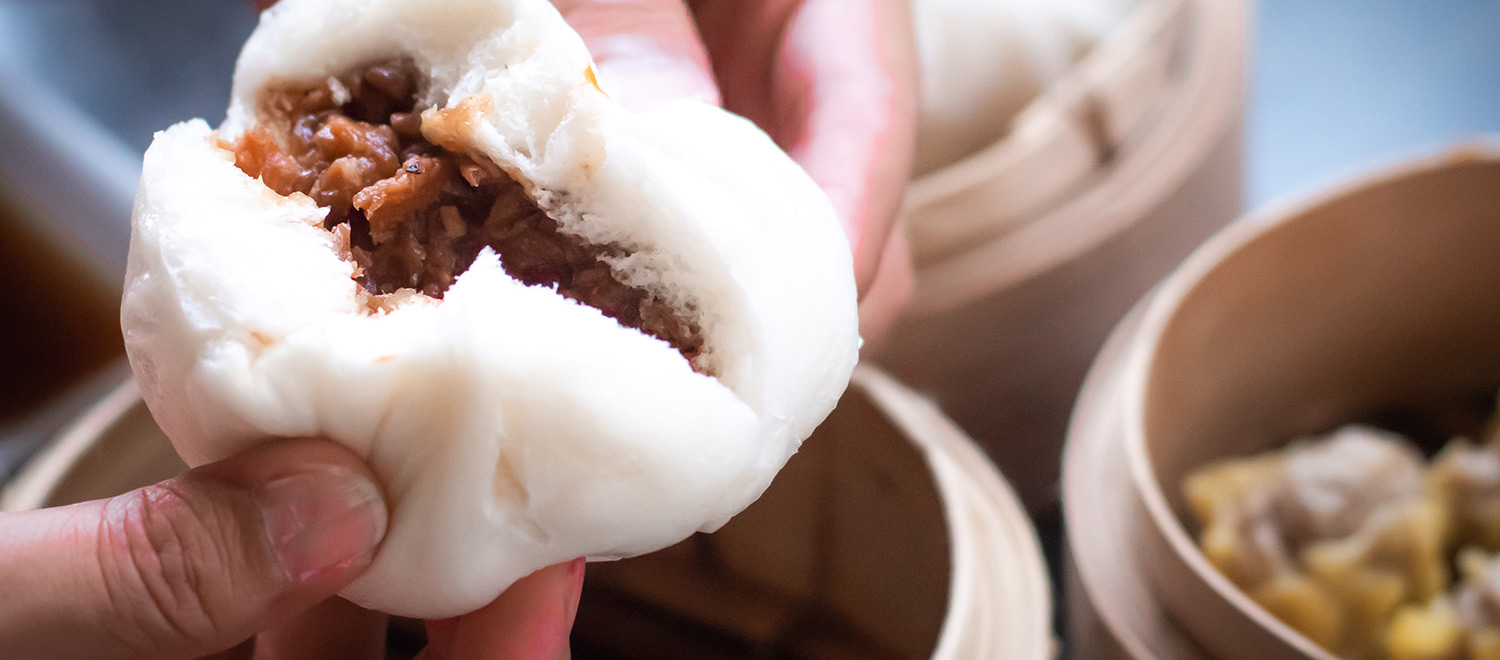Did you watch Pixar’s Oscar winning animated short “Bao?”
This 8-minute short, released as the appetizer to Incredibles 2 in 2018, has been receiving widespread attention. Second-generation Asian Canadian director, Domee Shi artfully told the story many immigrant families find it dear to their hearts. It is a story between over-protective parents and their children. It is a story about the cultural identity struggles of a second-generation immigrant.
Similar to Pixar’s Coco, Bao was filled with culturally specific details. Domee Shi and her team implemented many subtle cultural nuances throughout the film in order to portray an authentic immigrant experience. The Domee and her team invested significant amount of research trying to capture every single detail in Asian immigrants’ lifestyle. They went on research trips to San Fransisco and Oakland Chinatown. They visited homes, took pictures of their families, and even friends’ families. They made sure every single detail felt like the household and the community Asian immigrant grew up with. Today, let’s look at some of these hidden eastern eggs only an Asian American immigrant can identify.
- Mom’s food is the love letter to her children.
Although this is a universal truth every immigrant can relate to, food plays an even bigger role in Asian American families. We talked about how Asian parents don’t say “I love you.” Instead, they take good care of their children, especially with nutritious home-cooked food. For example, the extremely tedious process of making a Bao at the beginning of the film is a subtle reminder how much work Asian parents put into their cooking. Home-cooking is also their way of retaining the cultural heritage for the family. Many Asian Americans can recall the shame of a lunchbox of homemade ethnic food, when the “cool kids” could get pizza or Lunchables. In the film, the kid dismissed a table of food his mom proudly made – just so he could go out with his white friends. This is another authentic moment that brought tears for many immigrant children.
- Household purchase should be multi-functional.
Another noteworthy part of the film is the level of details used to portray an authentic Asian household. Remember the tinfoil covered burners on the stove? How about the toilet paper roll on the coffee table? These little nuances can only be picked up by someone who grew up in the Asian culture. Call it frugal or practical, but many Chinese immigrant families consider boxed tissues only a nice-to-have. Instead of buying Kleenex and toilet paper, it just makes more financial sense to use toilet paper everywhere. Similarly with the tinfoil – it is a great tool to protect the stove top from all the greasy Chinese cooking!
- “I love you so much I’m going to eat you!”
The choice of using a Bao to resemble the kid is also cultural one. Cuteness aggression is very much an endearing concept in Asian culture. In Chinese specifically, people like to compare a cute baby to a fat, white, steamy Bao – so cute you want to just “eat it up.” The key plot twist in the film may come off dark, weird, and heavy for some Americans. It is the perfect resemblance of the hefty love from an over-protective Asian mother.
Is there anything else caught your curiosity in the film? I’d love to hear your thoughts about this wonderful and heartwarming film!







